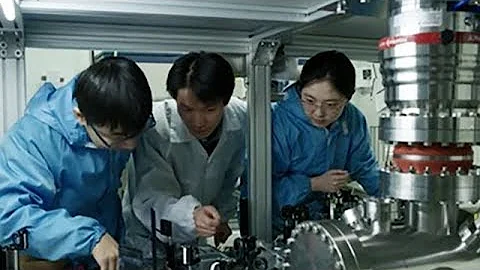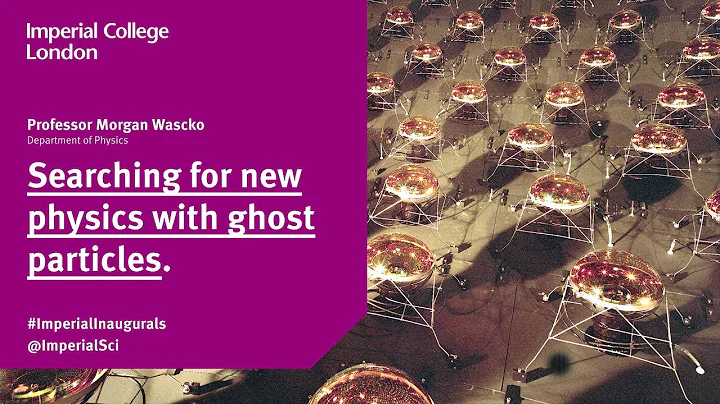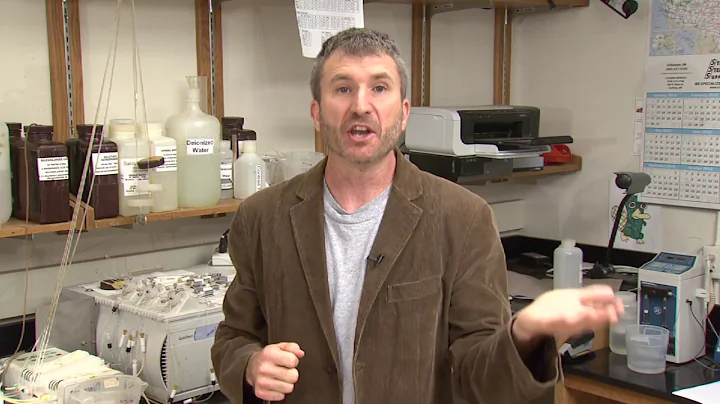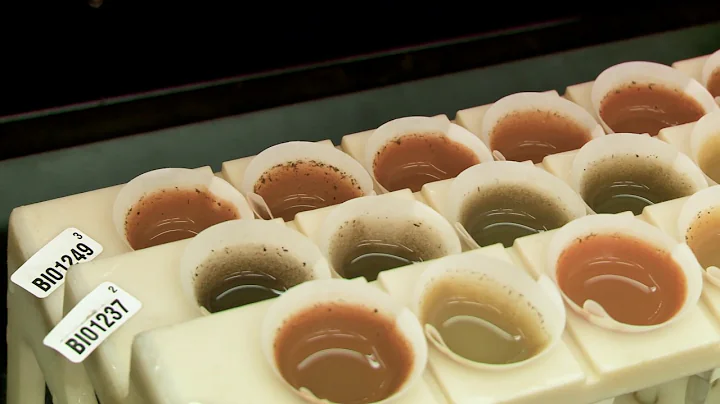
The central detector, the core detection equipment of the Jiangmen Neutrino Experiment, is located in the center of a 44-meter-deep pool in the underground experimental hall. Its stainless steel main structure is designed in the form of a spherical reticulated shell with a diameter of about 41 meters, also known as a stainless steel reticulated shell. As the main support structure of the detector, it will carry a 35.4-meter-diameter organic glass sphere, 20,000 tons of liquid scintillator, 20,000 20-inch photomultiplier tubes , 25,000 3-inch photomultiplier tubes, and front-end electronics. Electronics, cables, antimagnetic coils, light barriers and many other key components. The main structure of
stainless steel is made of prefabricated welded H-shaped steel spliced by 120,000 sets of high-strength bolts . The structural manufacturing precision is very high. The installation gap between the connecting hole and the ring groove rivet is not more than 1 mm. The spherical mesh shell The grid assembly accuracy is less than 3 mm, making it the largest single stainless steel main structure in China. Since the establishment of the
project in 2013, the Institute of High Energy has collaborated with design and production companies to overcome many process and technical problems, solve the problem of welding deformation of large complex stainless steel structures, and complete the high-precision pre-assembly of all components in the factory through special tooling and construction methods; Stainless steel surface roughening technology has been developed, which increases the stainless steel surface anti-slip coefficient from the ordinary 0.2 to more than 0.5. At the same time, high-strength stainless steel short tail ring groove rivets have been developed to meet the special needs of the JUNO project. He Wei,
stainless steel main structure project leader and on-site installation manager, said that the stainless steel main structure design and pre-research process obtained a number of technical invention patent authorizations, which also promoted the innovative development and comprehensive strength of related manufacturing companies; among them, stainless steel short The tail ring groove rivet technology was certified by China General Machinery Parts Industry Association and was used in the field of stainless steel structures for the first time. The relevant standards were released accordingly, filling the domestic gap. During the on-site installation process of
stainless steel lattice shell, in order to ensure the installation quality, improve the installation speed, and meet the high cleanliness requirements of the experiment, the engineering and technical personnel continued to explore and optimize the assembly unit and installation method, and improved the use of rivet gun . It effectively reduces the riveting defect rate and the number of repairs, ensuring quality and construction period.

The Jiangmen Neutrino Experiment Project adopts an efficient construction plan with a single main line and multiple parallel lines. During the installation process of the stainless steel mesh shell of the central detector, the on-site installation of the main support structure of the anti-coherence detector and the organic glass lifting platform was simultaneously carried out. The closing of the main stainless steel structure of
also means the beginning of on-site installation of plexiglass balls. The plexiglass ball in the central detector structure has a diameter of 35.4 meters, a wall thickness of 120 mm, and a weight of more than 600 tons. It is the largest single plexiglass structure in the world. , the production and construction are unprecedented at home and abroad. How to break through the traditional technology and successfully complete the construction of this sphere in a short period of time is another huge challenge faced by the project team.
The Jiangmen Neutrino Experiment is located in Kaiping City, Jiangmen City, Guangdong Province. It is a large scientific facility jointly constructed by the Chinese Academy of Sciences and Guangdong Province. It is also a large-scale international cooperation project. Construction began in 2015 and is planned to be completed and operational in 2023. The main scientific goals are to determine the mass sequence of neutrinos and , accurately measure neutrino mixing parameters, and conduct many other scientific cutting-edge research. The implementation of the Jiangmen Neutrino Experiment will further consolidate my country's leading position in the field of neutrino research and become one of the centers of international neutrino research.
Author: Xu Qimin
Picture:
provided by Gaoneng Institute




















